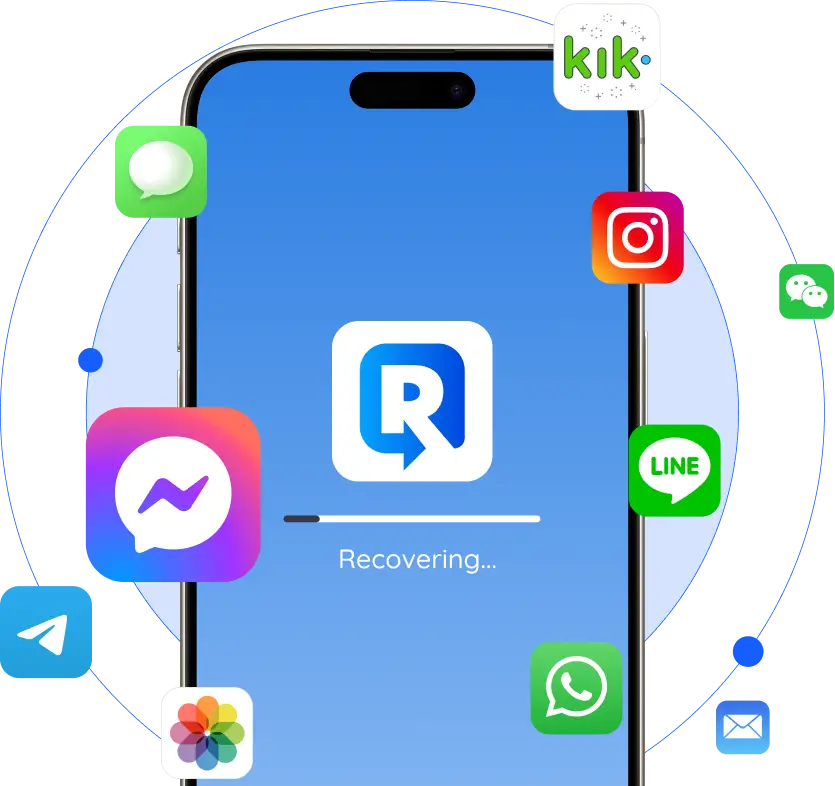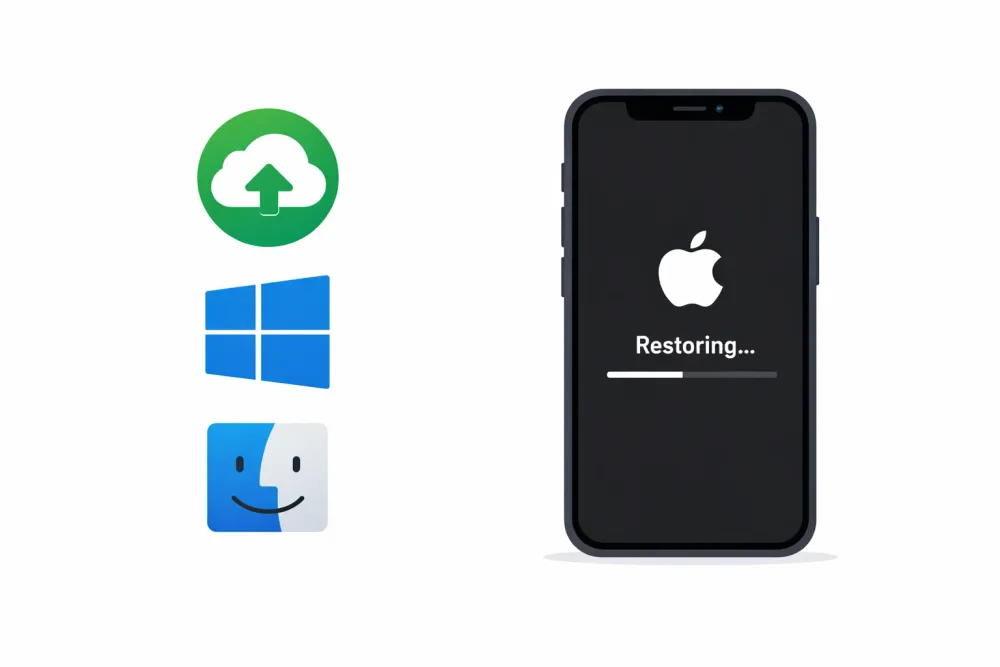You probably don’t think much about how your iPhone organizes your files—but behind every saved photo, message, or app lies a powerful system working quietly in the background. That system is called APFS, short for Apple File System.
Introduced by Apple in 2017, APFS replaced the aging HFS+ format to make storage on iPhones, iPads, and Macs faster, more reliable, and more secure. But here’s what most users don’t realize: APFS also plays a major role in how easy—or difficult—it is to recover lost data.
In this article, we’ll explain what APFS is, why Apple created it, and how its design affects your chances of getting deleted files back.
What Is APFS?
APFS stands for Apple File System. It’s the modern file management system Apple uses on all iOS, iPadOS, macOS, and watchOS devices.
Think of APFS as a digital librarian. It keeps track of where everything is stored, makes file access faster, and ensures that your information stays safe even if something goes wrong—like a crash or sudden power loss.
It’s especially designed for flash storage, which iPhones use. That means APFS optimizes speed and efficiency while protecting data integrity.
Key Features of APFS (Explained Simply)
APFS is packed with smart features that help both performance and security. Here are the most important ones and what they mean for recovery:
1. Snapshots
A snapshot is like a freeze-frame of your phone’s file system at a specific moment. It records the exact state of your data without creating a full copy, saving space and time.
Helpful for recovery: Snapshots can preserve data that might otherwise be lost after updates or system changes.
Limitation: Snapshots are system-controlled. Once they’re deleted or expire, the data is usually gone.
2. Clones
When you duplicate a file in APFS, it doesn’t immediately use more storage. Instead, it makes a clone—a virtual copy that only starts taking up extra space when you make changes.
Insight: Cloning improves efficiency but may make it hard to tell how much “actual” space a file takes—affecting what gets overwritten and when.
3. Encryption by Default
Every file on your iPhone is automatically encrypted—often with a unique key per file. These keys are stored in a secure hardware component called the Secure Enclave.
Why it matters: If you delete a file and iOS removes the encryption key, the data becomes unreadable—even if it physically still exists.
4. Space Sharing
Multiple storage volumes (like system and user data) can share space in APFS. Instead of reserving a fixed amount of storage, volumes borrow space from a common pool.
Benefit: Better flexibility in storage usage.
Caution: Deleted files can be overwritten faster when space is shared.
5. Crash-Safe Design
When you edit a file, APFS doesn’t overwrite it directly. Instead, it writes a new version in a safe location and updates the pointer. This ensures your files aren’t lost during a crash.
Recovery impact: Previous data versions may still exist temporarily—giving recovery tools a chance to retrieve them.
How APFS Affects Data Recovery
Now that you know what APFS does, here’s how it affects data recovery—both positively and negatively.
Positive Impacts
● Snapshots may preserve deleted data, especially after system changes or app crashes.
● Crash-safe writes mean older versions of files might linger in storage briefly.
● Structured metadata helps tools locate deleted items more easily—if they haven’t been wiped.
Challenges and Limitations
● Encryption keys are often deleted with the file, making recovery impossible without them.
● TRIM + garbage collection clean up unused storage blocks quickly.
● System control over snapshots limits how long deleted data remains retrievable.
● Limited access: iOS doesn’t allow users or apps full access to file structures—making forensic-level recovery difficult.
Visual Summary: How APFS Features Affect Recovery
APFS Feature | Impact on Recovery |
|---|---|
Snapshots | May preserve recoverable data (temporarily) |
Clones | Increases efficiency; complicates actual storage tracking |
Encryption | Makes recovery nearly impossible without the key |
Space Sharing | Shared blocks fill faster, increasing overwrite risk |
Crash-Safe Writes | Leaves temporary data copies that may be recoverable |
What Happens After Deletion?
When you delete a file on an APFS-based iPhone:
1. The pointer to the file is removed.
2. The system may remove the encryption key tied to that file.
3. The file’s memory space is marked as available for future use.
4. Background processes like TRIM may flag the space for erasure.
5. Garbage collection eventually clears the actual data.
If you act quickly—before the memory is reused or cleaned up—you may still be able to recover the file.
Recovery Software and APFS
Standard recovery tools often struggle with APFS because they:
● Can’t access the full file system
● Can’t restore encrypted files without keys
● Must work around APFS’s space-sharing and snapshot logic
That’s why using iPhone-specific tools like GByte Recovery is so important. These tools are optimized for APFS environments and understand how to navigate them efficiently.
Try Gbyte Recovery for APFS-Based Devices
Gbyte Recovery is built to work with iPhones running APFS. It scans deeply for recoverable files—even after system errors or accidental deletion.
● No jailbreak required
● Detects data across APFS’s shared volumes
● Allows you to preview files before restoring
● Maintains encryption safety—your data is never exposed
● Works even if iCloud backup is not available
Deleted something important? Scan your device with Gbyte Recovery today—before APFS clears it for good.







